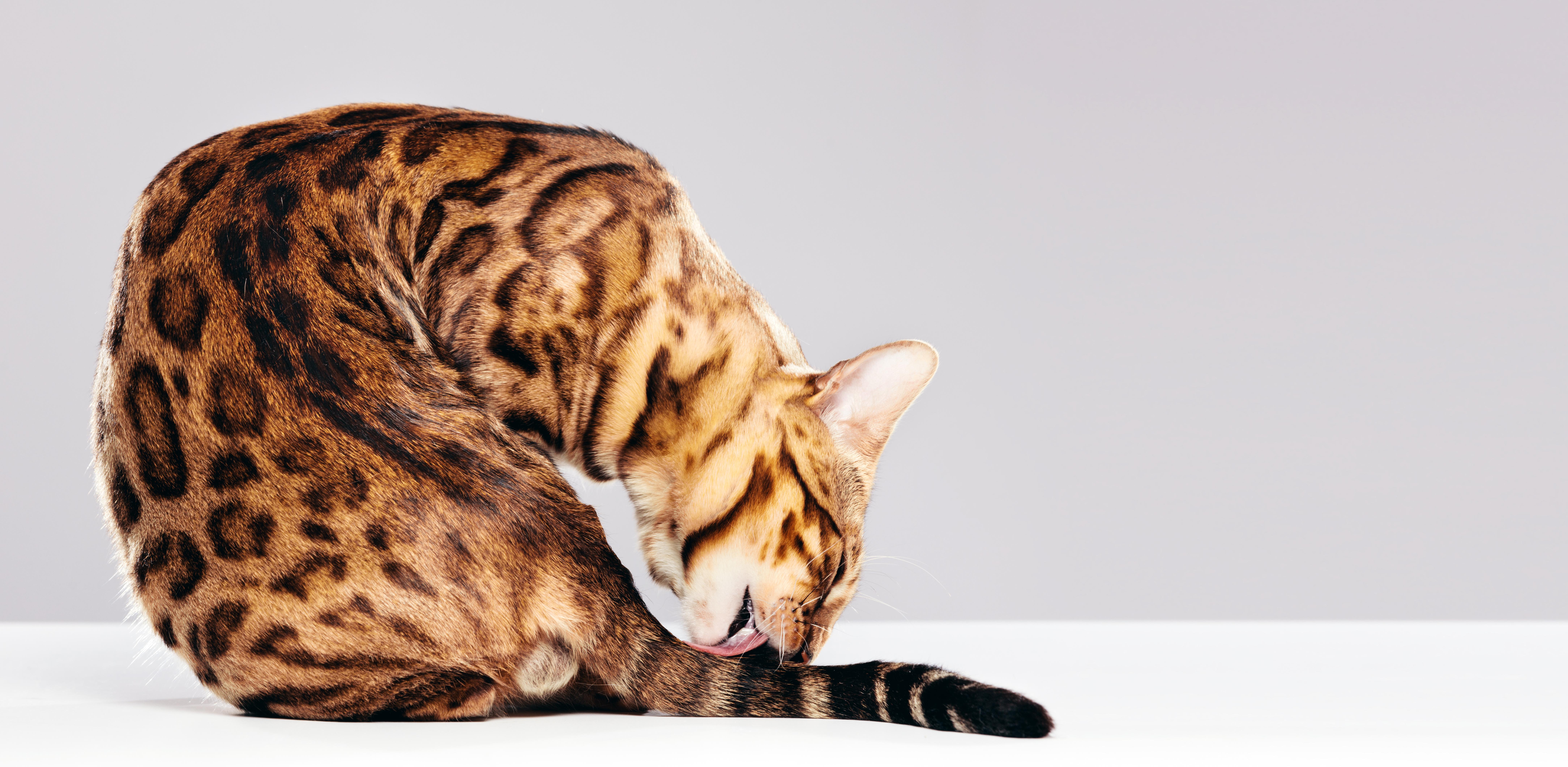10 Subtle Signs Your Cat Might Be Depressed
3. Excessive Grooming or Lack Thereof: The Grooming Gauge

Grooming is an integral part of a cat's daily routine, serving not only as a means of cleanliness but also as a way to self-soothe. Changes in grooming behavior can be a telltale sign of depression in cats. Some cats may begin to groom excessively, leading to bald patches or skin irritation. This behavior, known as psychogenic alopecia, is often a coping mechanism for stress or anxiety. On the other hand, a depressed cat may neglect grooming altogether, resulting in a matted or unkempt coat. Both extremes indicate an imbalance in the cat's emotional well-being. Excessive grooming can be a response to environmental stressors or changes, such as a new pet in the home or a recent move. It can also be a sign of underlying health issues, such as allergies or skin conditions. Conversely, a lack of grooming may suggest that the cat is feeling too depressed or lethargic to maintain their usual routine. Addressing grooming issues involves identifying and alleviating stressors, ensuring the cat feels safe and secure, and seeking veterinary advice if necessary. Regular grooming sessions with the owner can also help strengthen the bond and provide comfort to the cat.
4. Social Withdrawal: The Silent Retreat

Cats are social creatures, though they may not always display affection in the same way as dogs. A noticeable sign of depression in cats is social withdrawal. A cat that once enjoyed the company of its human family or other pets may start to isolate itself, spending more time alone and avoiding interaction. This retreat can be a response to emotional distress, signaling that the cat is feeling overwhelmed or anxious. Social withdrawal can be triggered by various factors, including changes in the household, such as the arrival of a new pet or the loss of a companion. It may also be a response to a lack of stimulation or attention from the owner. To address social withdrawal, it's important to provide a safe and nurturing environment for the cat. This may involve creating quiet spaces where the cat can retreat when feeling stressed, as well as ensuring regular interaction and playtime with the owner. Encouraging socialization with other pets, if appropriate, can also help alleviate feelings of loneliness and depression.
